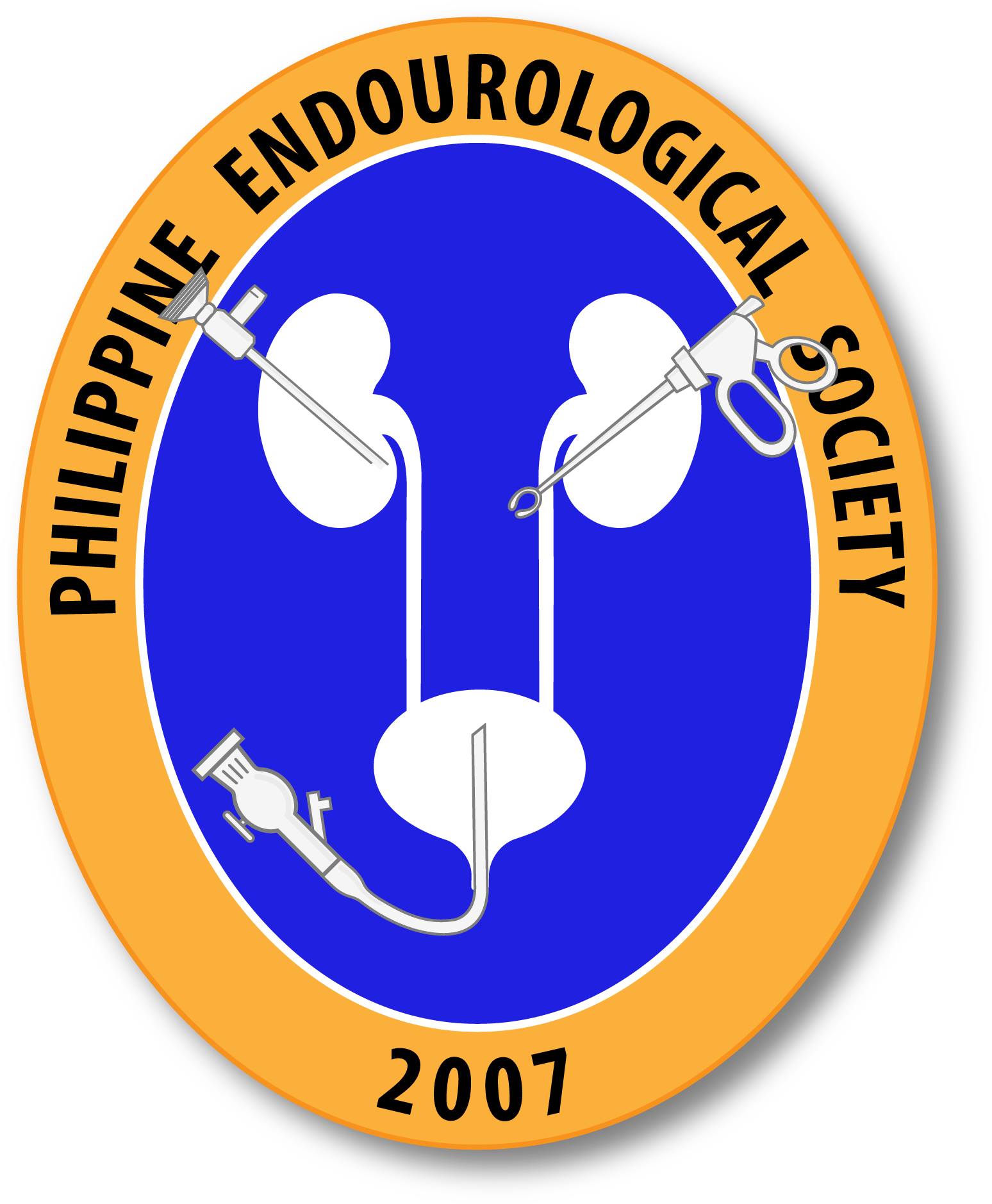Continued provision of WHO International Standards for total and free PSA: Content and commutability of replacement preparations.
Replacements are required for the WHO International Standards (IS) for free PSA, coded 96/668 and total PSA (90:10), coded 96/670, which were established in 1999 to support efforts to harmonise PSA assays and address non-equimolarity. An important consideration is that the introduction of the replacements should have minimal impact on PSA measurements. We report the […]

